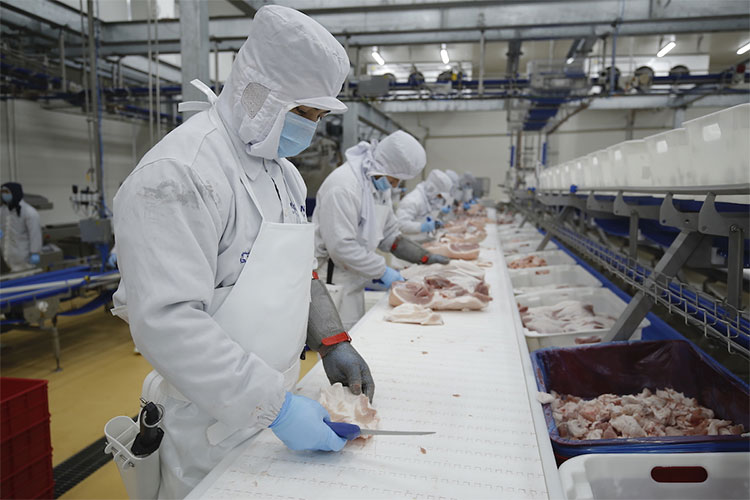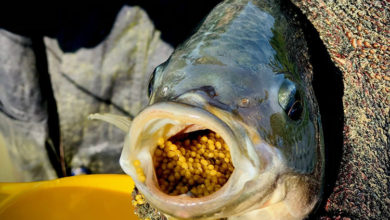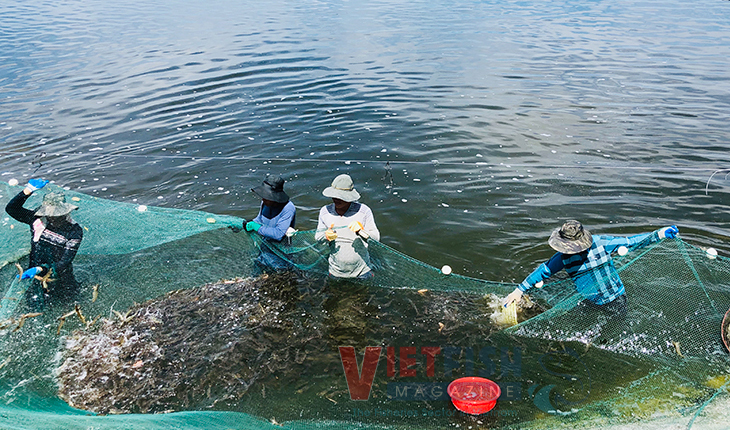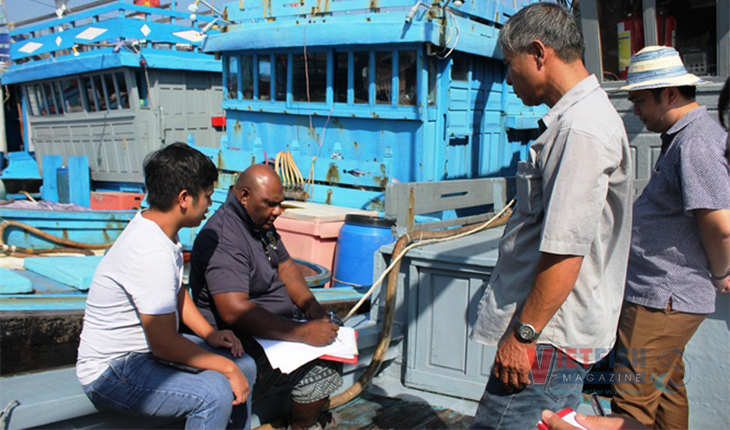
During a state visit by the General Secretary and President of Vietnam, To Lam, to China on August 19, 2024, Vietnam’s Ministry of Agriculture and Rural Development and China’s General Administration of Customs signed three protocols, including one on the quarantine and health requirements for farmed crocodiles exported from Vietnam to China.
This development opens significant economic opportunities for Vietnam’s crocodile farming industry, which has been growing for over 30 years. Crocodile products, including meat, leather, and other parts, have high economic value. The Chinese market, which has a high demand for crocodile products, offers a promising new outlet for Vietnam’s exports, expected to boost sustainable farming practices and meet environmental and animal welfare standards.
Vietnam’s Minister of Agriculture and Rural Development, Le Minh Hoan, emphasized that the signing of these protocols is expected to strongly promote agricultural exports, contributing to the growth of Vietnam’s agricultural sector. The Ministry will continue to work closely with Chinese authorities to ensure smooth implementation of the protocols, facilitating the export process for Vietnamese businesses.
Ton That Hung, Director of Hoa Ca Crocodile Company in Ho Chi Minh City, expressed excitement over the news, noting that the Chinese market offers prices three times higher than those in Vietnam. Before the COVID-19 pandemic, China was the primary market for Vietnamese crocodile exports, accounting for 80-90% of the market share. The pandemic caused a significant drop in prices, but Hưng hopes the new agreement will revitalize the industry.
Crocodile farming in Vietnam began in the 1980s and is now widespread in southern provinces, including Ho Chi Minh City, Dong Thap, Dong Nai, An Giang, Bac Lieu, and Ca Mau. According to Oxford University’s QJM medical journal, crocodile meat is suitable for nourishing patients and malnourished children, and crocodile bone extract is effective in treating congenital brittle bone disease and joint issues in the elderly.
VFM






